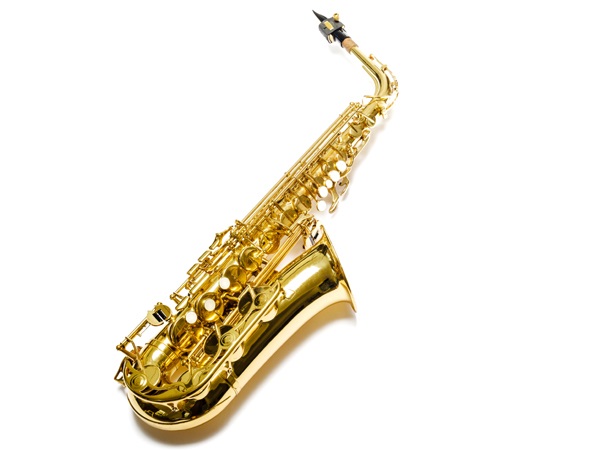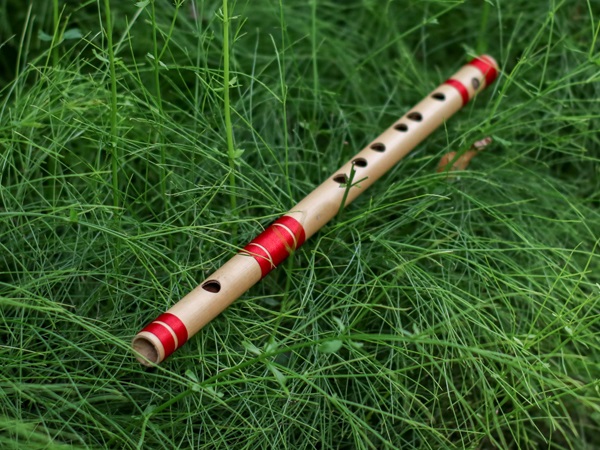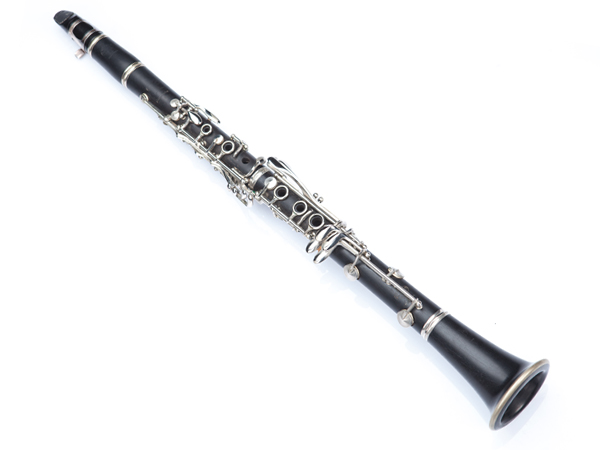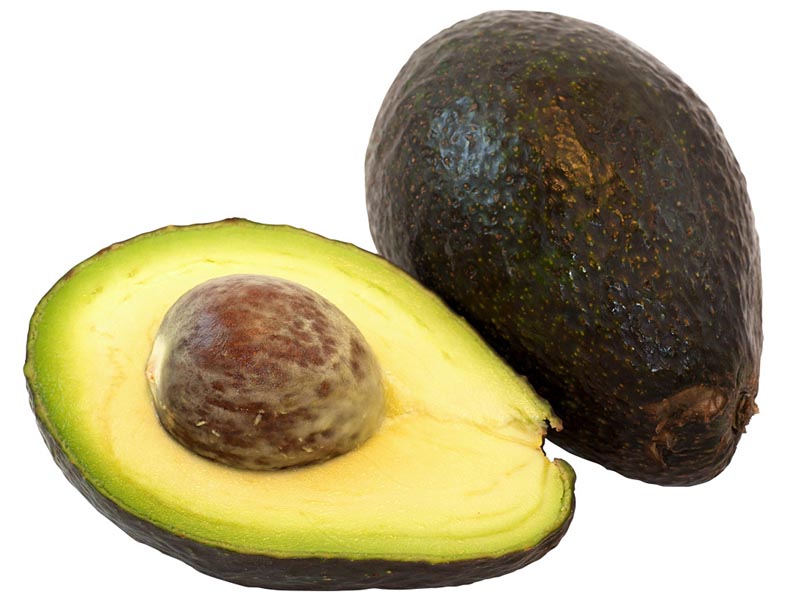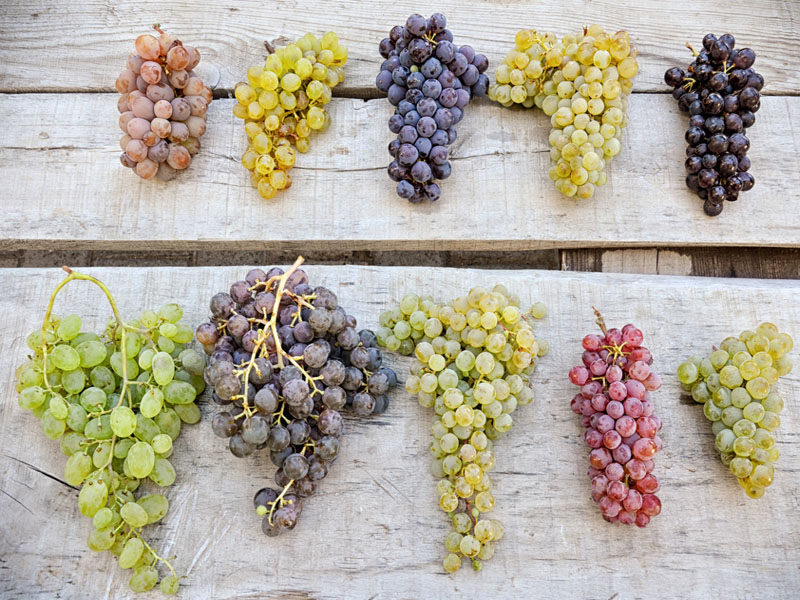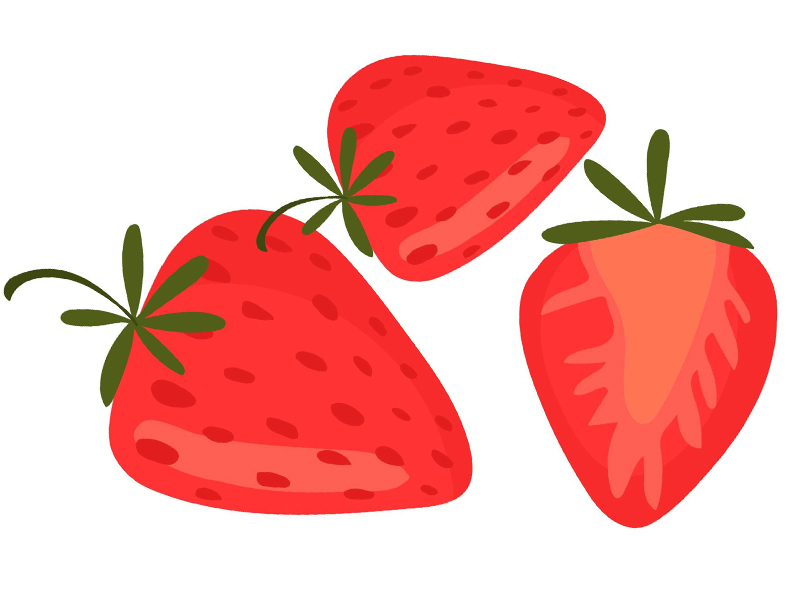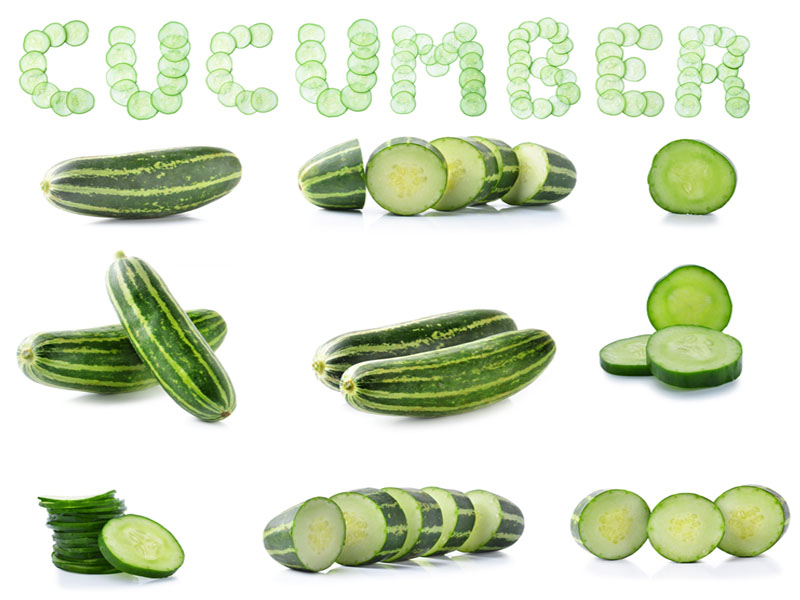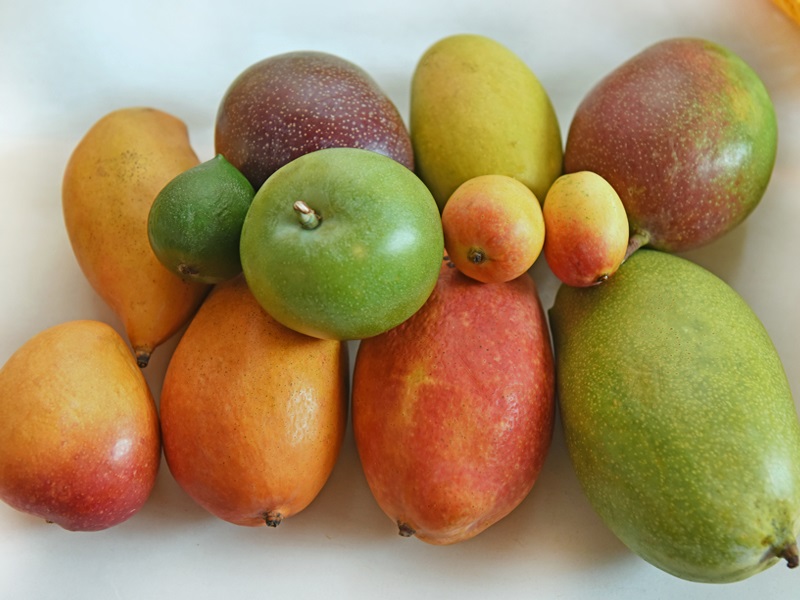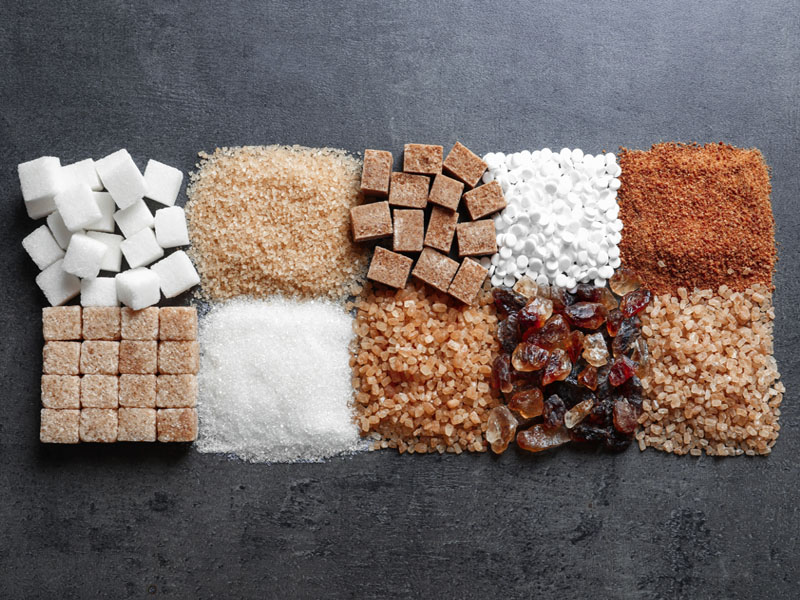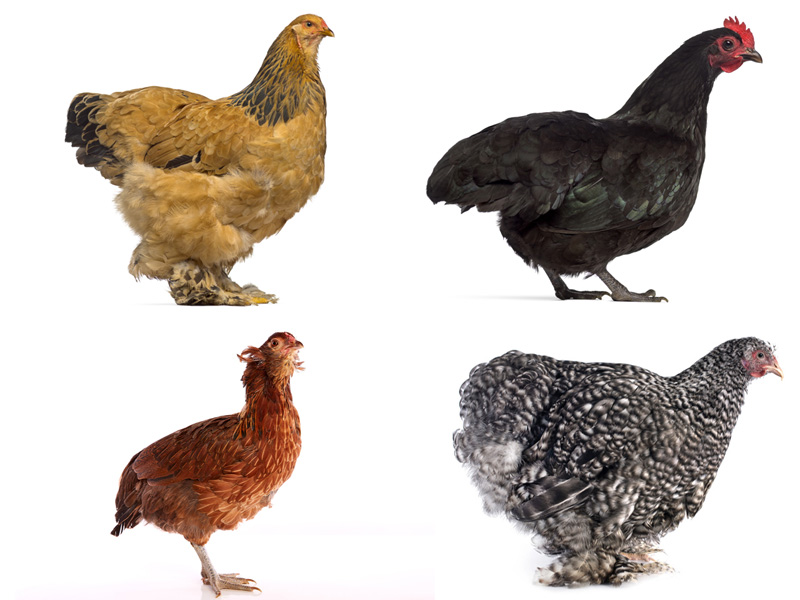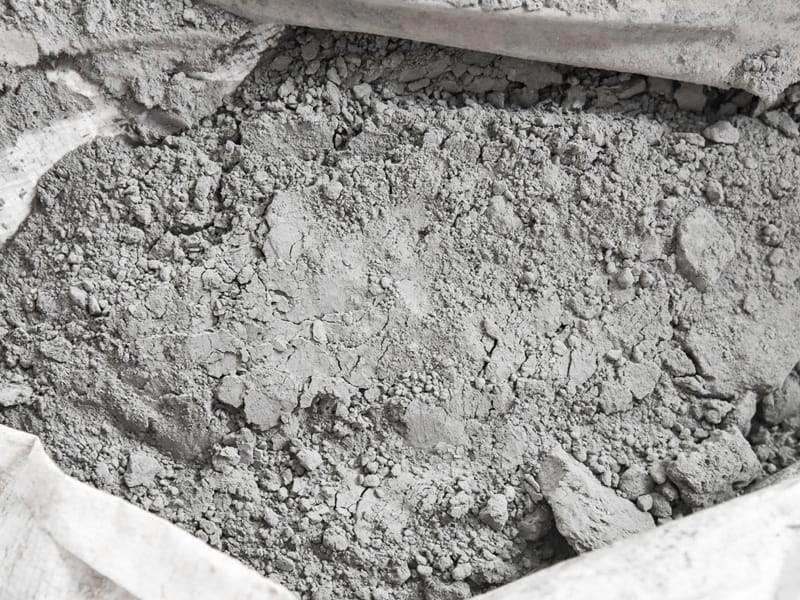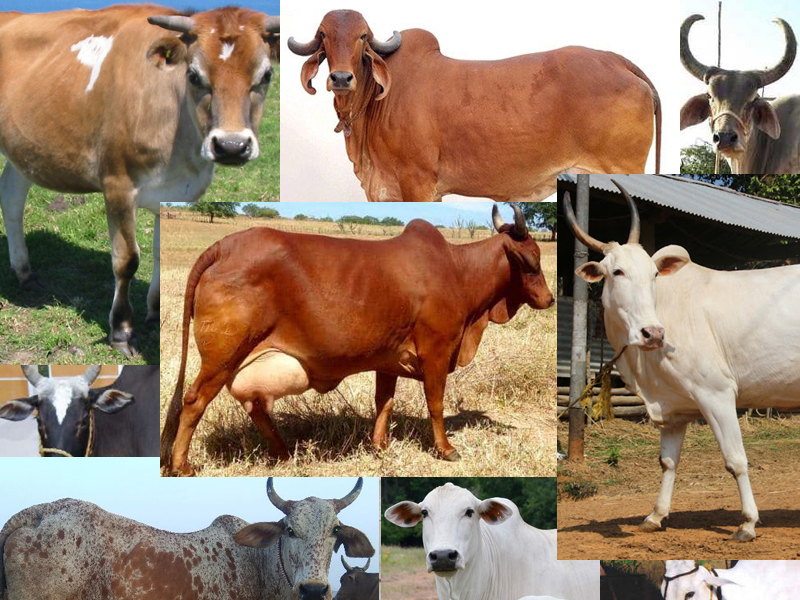Listening to a soothing sitar tune during a summer evening or a heart-warming flute tune while sipping hot cuppa chai on a rainy morning – any type of music instrument played with passion has the power to calm your mind and soothe your soul. If you are an instrumental music lover and like to know more about different types of musical instruments, you will enjoy reading this article. Check out!
What Is A Musical Instrument, And The History Of Music Instruments
Special devices carefully crafted to produce melodious tunes or pulsation beats that uplift your spirits are generally called musical instruments.
Historians on several occasions have stated that the use of the first musical instrument dates back to 67,000 years and the world’s oldest musical instrument was a flute discovered in Slovenia’s Divje Babe cave which the Neanderthals made. The flute had four pierced holes made from the left thighbone of a young cave bear. (1)
Categories Of Music Instruments In The World With Examples
1. String:
The musical instruments that produce sound or tune when you play the instrument’s strings with a plectrum or bow or even bare fingers are called String instruments.
Examples: Guitar, Harp, Violin
2. Wind / Woodwind:
The musical instruments that produce melodious tunes when a player passes their breath exceptionally through the instrument are called Wind instruments.
Examples: Trumpet, Clarinet, Flute
3. Membrane:
The musical instruments with a stretched membrane that vibrates to produce a beat or sound are called Membrane instruments.
Examples: Drums
4. Brass:
The music instruments that generate sound based on the vibration of air in a tubular resonator in sync with the vibration caused by the player’s lips are called Brass instruments.
Examples: Trumpet
5. Percussion:
The music instruments that produce rhythmic sounds when hit, scraped, or shaken by a player are called Percussion instruments.
Examples: Xylophone, bass drum, chimes, piano
6. Electronic Instruments:
The music instruments that play or modify sounds through electronic or electric means are called electronic instruments. In electronic instruments, the composer determines the element of music, and the sounds change electronically.
Examples: Electronic Keyboard, electronic guitar
See More: Best Types of Guitars
15 Types Of Music Instruments To Learn With Images
1. Keyboard:
A musical Keyboard is a diverse instrument with a set of depressible keys or levers placed adjacent to each other. It belongs to the percussion family of the instruments, and various notes are played by pressing these keys with fingers.
Inventor/ Developer: Bartolomeo Cristofori
Origin: Early 18th century
Place: Italy
Music to play: Musicians primarily use the Keyboard in western music, and it allows a performer to play many notes at once and in close succession. It is versatile and played in many genres such as rock, pop, jazz, electronic, classical, etc.
2. Piano:
Modern-day piano ancestry is traced to various instruments such as Clavichord, Dulcimer, and Harpsichord. Cristofori, unsatisfied by the lack of control over the volume level of the Harpsichord, replaced the plucking mechanism from the old versions with a hammer to create the modern piano. A Piano player activates these hammers by pressing keys on the Keyboard, and the harder the pressure, the louder is the volume. It belongs to both the string and the percussion family and technically is one of the most complicated musical instruments, with over 2500 parts.
Inventor/ Developer: Bartolomeo Cristofori
Origin: Early 18th century
Place: Italy
Music to play: Piano has the broadest range of any instrument and is used in classical, to Jazz to pop, and many other styles of music. It is one of the most popular musical instruments worldwide, and it can be played solo or along with other instruments.
3. Classical Guitar:
The classical guitar is a string instrument with strings made of gut or nylon. A classical guitar’s fretboard is slightly wider, while the neck is shorter compared to other guitars. The wooden body is hollow, and the sound is produced by plucking a series of strings running along the guitar body while simultaneously fingering the frets with the other hand. Frets are metal strips located on the instrument’s neck.
Inventor/ Developer: Antonio de Torres Jurado
Origin: Late 19th century
Place: Spain
Music to play: Classical guitars can be used as lead or rhythm instruments as they simultaneously deliver multiple harmonies and melodies. They are used for playing classical music and even for folk and Flamenco.
4. Electric Guitar:
The electric guitar is a string instrument with steel strings, unlike the nylon ones found on the classical guitar. They have devices called magnetic pickups embedded into their body under the strings. When the strings vibrate, these pickups convert the vibrations into electric signals, which pass through an amplifier over a cable where they are converted into sound and played. They have a wooden body and the widest range of shapes possible, as the shape of an electric guitar doesn’t affect the sound it produces.
Inventor/ Developer: George Beauchamp, Adolph Rickenbacker
Origin: Early 1900’s
Place: USA
Music to play: Electric guitar is versatile and easily fits into several genres of music. Genres like Pop, Rock, Funk, Blues, Soul, Jazz, metal, and country use the electric guitar as their primary musical instrument.
5. Drum Set:
A Drum set or simply drums is a collection of large and small drums, cymbals, and other percussion instruments. They are arranged on stands to be played by a single person. The percussion instruments may vary for each genre and from one drummer to other. The drum sticks are held in the hands to hit the drums, and the feet operate the pedals that control the Cymbals.
Inventor/ Developer: William F. Ludwig Sr
Origin: Early 20thcentury
Place: USA
Music to play: The drum set provides dynamics, rhythm, and melody to any kind of music and is played mainly in R & B, Rock, Jazz, Pop, and Heavy metal.
6. Jaltarang:
The Jaltarangis one of the oldest instruments and is both a percussion and a non-percussion instrument. When translated, Jaltarang means ‘waves in water.’It is a set of bowls whose sizes vary, and the material is either porcelain, bronze, or china. The player fills the bowls with water and gently strikes with wooden sticks to produce sound. Next, the player reduces or adds water to fine-tune the music to the desired frequency.
Inventor/ Developer: Vatsyayana’s Kamasutra mentions’Udakavadya’, a particular water instrument which is assumed to be the Jaltarang as part of the 64 Arts and Science to be studied by a man.
Origin: 4th – 6th centuries
Place: India
Music to play: This unique musical instrument produces both ‘ragas’ and ‘light melodies’ in the Indian classical music repertoire. Jaltarang was extensively used in film music back in the 80’s and in orchestral compositions. It is performed solo accompanied by Tabla or along with other instruments as a percussion instrument.
7. Violin:
The violin is a small string instrument with a high pitch. It is fretless, and the strings are hitched from tuning pegs to tailpiece passing over a bridge. Most of them have a hollow wooden body, and the sound is produced when the strings’ vibrations are transmitted and resonated in this wooden body.
Inventor/ Developer: Andre Amati and Gasparo di Bertolotti
Origin: 16th Century
Place: Italy
Music to play: Violins are played in various musical genres but are predominantly used in western classical music. They are also frequently played in folk music, Jazz, and country music.
8. Saxophone:
The saxophone is a woodwind instrument. It has a conical tube, typically made of brass, with variously sized about 20 to 24 openings controlled by padded keys. The tip of this conical tube is flared into the shape of a bell to let the air pass. A player holds the sax with their hands and uses their fingers to press on the keys to play it.
Inventor/ Developer: Adolphe Sax
Origin: Early 1800s
Place: Paris
Music to play: A saxophone is a signature and primary instrument for melodic improvisation in Jazz. It also contributes to concerts, blues, funk, pop, and rock music.
9. Flute:
The flute is one of the oldest known instruments to humankind. It dates for thousands of years and mostly stayed the same shape and sound throughout. Theobald Boehm made the modern metal flutes with spring-loaded keys, mainly used in western music. Most flutes are tubular shaped, woodwind instruments with a specially shaped opening called embouchure, and when the player blows air through, it creates a vibrating column of air, and we hear its pulsations as sound.
Inventor/ Developer: Theobald Boehm
Origin: 900 Bc or earlier
Place: China
Music to play: Flute is commonly used as a solo and sometimes with other instruments. Various genres of music, from western classical to Jazz, use a flute to create those beautiful melodies. The flute is also a big part of eastern classical music, especially in India and China.
10. Clarinet:
The clarinet belongs to the family of woodwind instruments and has five parts. It has a single-reed mouthpiece, the barrel, upper and lower joint, a cylindrical tube, and a bore terminating in a flared bell.
Inventor/ Developer: Johann Christoph Denner
Origin: Early 1700s
Place: Germany
Music to play: Most clarinets are often played in military and brass bands as solo instruments as part of standard orchestral instrumentation. Improvements made to the fingering systems of the modern-day clarinet have enabled it to have a wide range of applications from classical to Jazz.
See More: Different Dance Styles
11. Trumpet:
The trumpet is one of the oldest instruments known for its powerful musical presence. It dates to ancient Egypt and has since emerged as a prominent instrument in military and ceremonial activities for its intense, powerful, stately, metallic sound. The trumpet is a wind instrument, one-third of its metal tube length is conical, and two-third is cylindrical, attached to a cup-shaped mouthpiece and a flared bell.
Inventor/ Developer: Anton Weidinger
Origin: 1500 BC
Place: Egypt
Music to play: Trumpets are the central instruments to play powerful pieces in bands and orchestras. They are also played in Jazz, swing, and pop music.
12. Xylophone:
The Xylophone is a percussion musical instrument. It has a set of wooden bars set across a frame. Sound is produced when the wooden bars are stuck with drumsticks known as mallets. Mallets are either made of hard rubber or wood. When stuck with mallets, each wooden bar produces a single musical note.
Origin: 9thcentury
Place: Southeast Asia
Music to play: The Xylophone is prominent in classical orchestral music, especially in symphony orchestras. They are also widely played in African and many kinds of folk music. Some form of Jazz also uses Xylophone.
13. Veena:
The Veena is probably the oldest string instrument in India. It is 1.5m long and made from jackwood, and has a large, round body attached to a thick wide neck. It has 24 metal frets, and four metal strings run above these frets and stretch over a wide bridge placed on the body. The left-hand fingers press, pull, and glide on the frets, while the right-hand fingers pluck and twang the strings to produce sound. It is famous for its ability to play all the gamakas (oscillations) in Carnatic music.
Inventor/ Developer: Raghunath Nayak
Origin: Versions of veena have existed since the 1st millennium BC, and many temples from the 2nd century BC depict sculptures of veena. However, in the 17th century, Raghunath Nayak developed the modern-day veena.
Place: India
Music to play: Veena is an essential instrument in Carnatic music, and the Rudra veena is famous in Hindustani music. It produces pitches in a full three-octave range and gives portamento effects and legato ornaments in Indian ragas.
14. Tabla:
The Tabla is a percussion instrument that has a pair of twin hand drums. The one placed on the left is called ‘Bayan’ and the one on the right ‘Dayan.’ Both are made of hollowed-out metal or wood, and animal skin, especially goatskin, is stretched across both the drums. In the middle of the drum head, a mixture of iron and rice paste called Shyahi is applied in a circle, giving the Tabla its unique sound abilities. While Dayan creates treble and tonal sounds, Bayan produces the bass.
Inventor/ Developer: Amir Khusrau Dehlavi
Origin: Early 1700s
Place: India
Music to play: Tabla is a standard instrument used in North Indian classical music. It is versatile and provides a high level of tonal beauty and sophistication to any musical ensemble.
15. Sitar:
The Sitar is a popular string instrument in Northern India, Bangladesh, and Pakistan. It measures about 1.2 meters in length and has a deep pear-shaped hollow body with a long wide neck and wooden pegs running along the length of the body. It has around 16 to 24 frets and strings made from metal. Sitar produces beautiful melody tunes when one plucks its strings.
Inventor/ Developer: Amir Khusrow
Origin: 13th century
Place: Sitar existed in medieval India, but Amir Khusrowdeveloped it to its present form in the 18th century.
Music to play: Sitar is a prominent musical instrument in Hindustani music. ‘Kathak,’ a form of Indian classical dance, also uses Sitar. It is either played solo or along with tabla and Tambura in ensembles.
See More: Types of Robots in the World
Interesting Facts About Musical Instruments:
Did you know?
- Before the actual music instruments came into being in their proper forms, ancient people played music with animal horns. This incident dates back to the Bronze Age in Scandinavia, where people played music with metal horns.
- The popular musical instruments in the middle ages were the harps and the transverse flutes.
- Archaeologists have found 7000 year old flutes made of bones in Central Henan of China.
- The first ever trumpets were invented in the 15thcentury, and they were actually straight in shape!
- The origin of the Xylophone is in Southeast Asia, but it was played in Europe in the 16thcentury, and its name comes from the Greek words Xylon and phone, which mean wood and sound.
Well! Now that you know about various types of musical instruments, the next time you have a conversation with your friends, you can confidently give your input or share your knowledge with them, right? So, hey! Do you play any of the above musical instruments, and what do you like the most about it, do let us know!
FAQ’s
1. Correct Age To Start Learning A Musical Instrument Is?
For all types of musical instruments, it is always best to start learning at a young age. But, it is essential to be physically strong to hold and operate the instrument correctly. According to experts, seven or eight is a good age to start and even six for certain types of music instruments like the Keyboard.
2. Can Adults Learn Musical Instruments?
It is never too late to start learning something new, including learning different types of musical instruments. First, however, it’s crucial to have a clear and attainable goal about the kinds of musical instruments you want to invest your time and energy in before starting your journey.
3. Which Instrument Is Right For Me?
It depends on what categories of musical instruments draw your interest and your preferred genre of music. However, when you have a particular interest in a specific instrument, it is always advised to opt for that. Even if you want to change to another instrument later, the basic musical skills learned can be applied to the new one.
4. How Much Should I Practice?
When learning a type of music instruments, it’s beneficial to have a certain level of commitment. Therefore, it is highly recommended to practice regularly to make progress. Without practice, you may soon lose motivation and most likely give up.
5. How Much Do Musical Instruments Cost?
The price of all types of musical instruments varies depending on the type and model of the instrument you want to purchase. For example, certain instruments like Keyboard and Xylophone are affordable, while instruments like piano and drums tend to be costlier. However, initially, when you set out to learn an instrument and are unsure about which one to purchase, you can always rent one and try to understand your compatibility and other features you might like and then decide on one.
Disclaimer:
The complete information published in this article is purely for informational and educational purposes only, and it has neither a legal nor a professional source on the subject.










